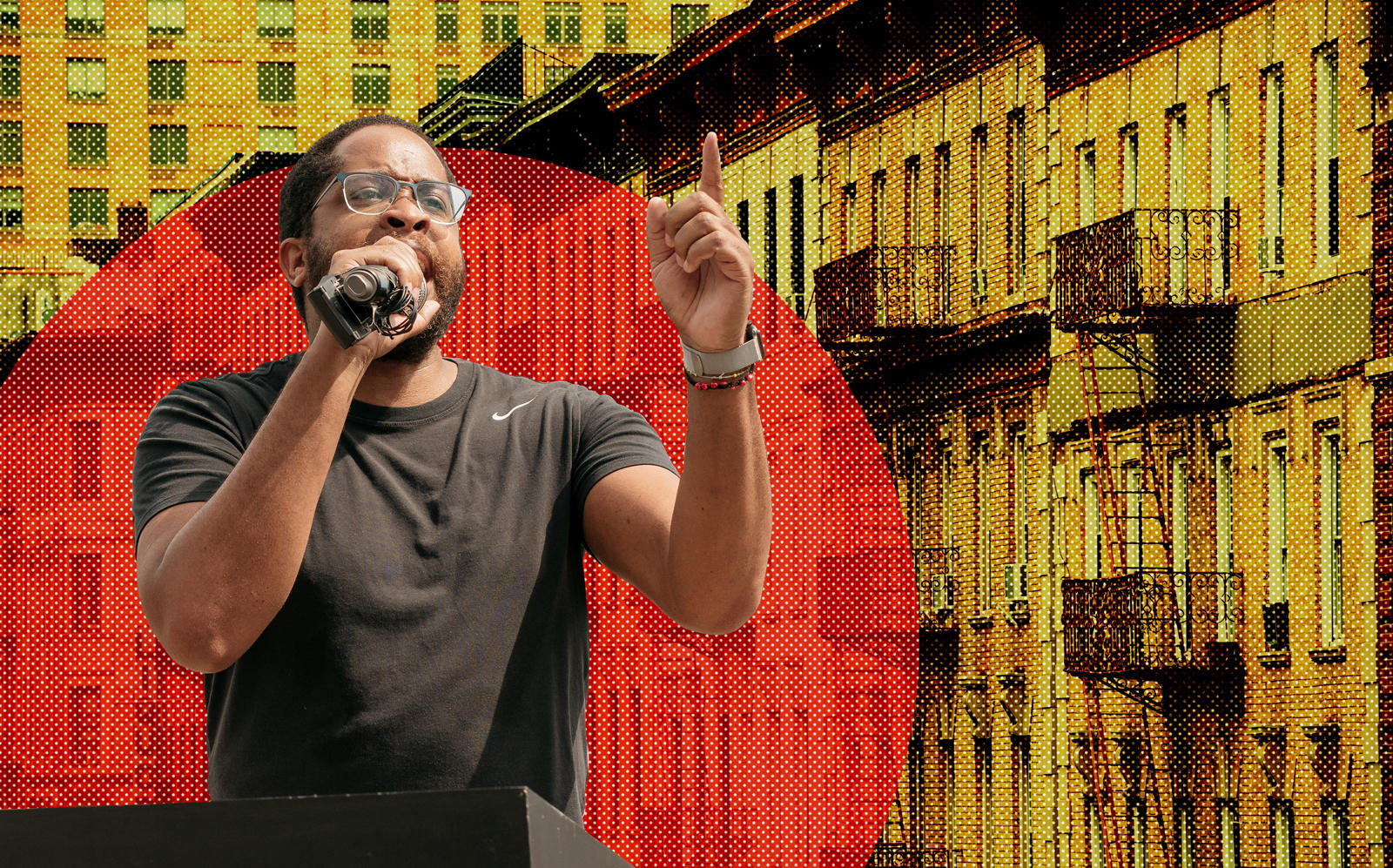Trending
Bill to nix evictions for a year after Covid-19 ends
Senator calls measure a “stance against racism and inequality”

A Brooklyn senator introduced legislation that would place the most severe restrictions yet on evictions and foreclosures.
New York state Sen. Zellnor Myrie’s bill would prevent all eviction and foreclosure filings for commercial and residential tenants until a year after any part of Gov. Andrew Cuomo’s statewide disaster emergency is still in place. That coverage period is longer than any other proposal on the table.
In a dramatic departure from existing measures, the bill, called the Emergency Housing Stability and Tenant Displacement Prevention Act, would not require tenants to prove their eligibility for the protection.
The bill would need to pass both the Senate and Assembly and be signed by the governor to become law.
While the bill’s author wrote that it is a “stopgap measure” to halt evictions and foreclosures during the Covid-19 health crisis, it also draws a connection between racial inequality and existing inequities of the housing system. Minorities have been harder hit by the coronavirus, and before the pandemic, people of color experienced higher rates of evictions.
“This act is consistent with the state’s emerging awareness of the disparate impact of the Covid-19 pandemic on people of color, and serves as an affirmative stance against racism and inequality,” the bill text reads.
Landlords have complained about politicians pushing measures to cancel rent without granting them any relief. On the homeowner side, experts have said foreclosure bans could eventually cause problems up the financial chain. Foreclosure rates have not been this low in a decade.
All three branches of New York’s state government have sought to place limits on evictions during the pandemic. In an executive order in March, the governor placed a full ban on evictions. In May, that was softened to allow some evictions to proceed starting June 22.
Later guidance from the state’s top administrative judge, however, contradicted that order, and continued the effective ban on evictions until at least July 7, which angered and bewildered landlord attorneys.
On June 30, Cuomo signed a bill that prevents evictions for nonpayment — but allows money judgments — for tenants who can document financial distress as a result of Covid-19.
Other areas of the country have seen significant spikes of eviction filings as state and local moratoriums expire. But in New York, evictions have not come close to returning to previous levels. In the first week of Housing Court’s partial reopening, only seven evictions were filed.
The trickle of evictions — rather than the flood that some predict — is at least in part attributable to New York’s strong tenant protections. Last week, a federal judge questioned the justification for a provision of the 2019 rent-stabilization law, which allows courts to delay eviction proceedings for up to a year.




